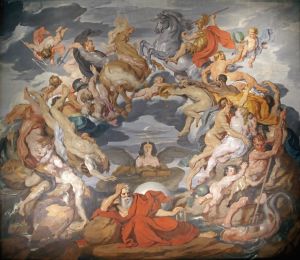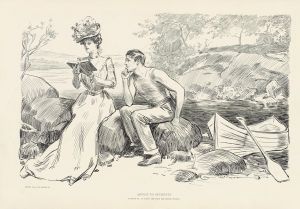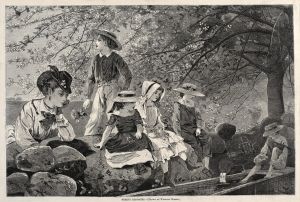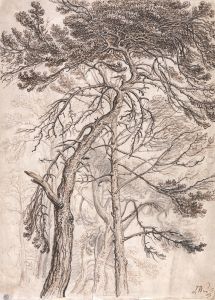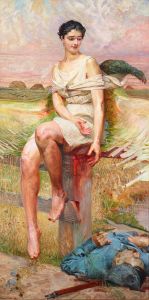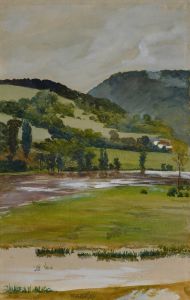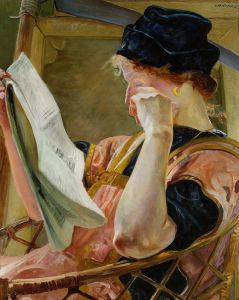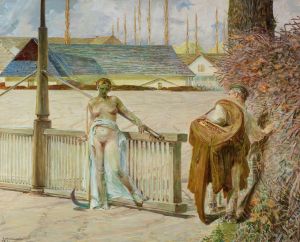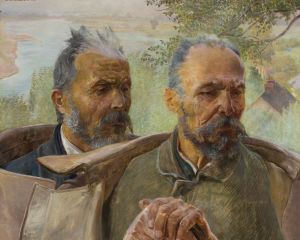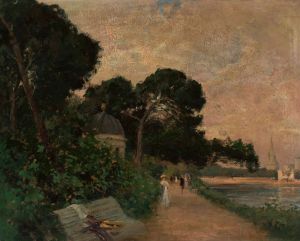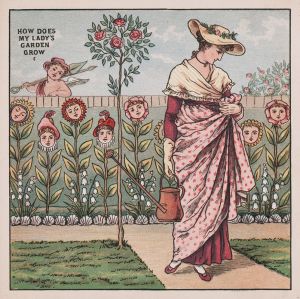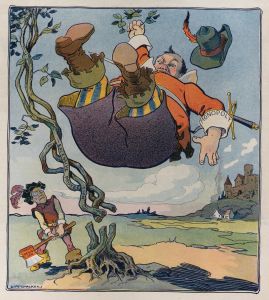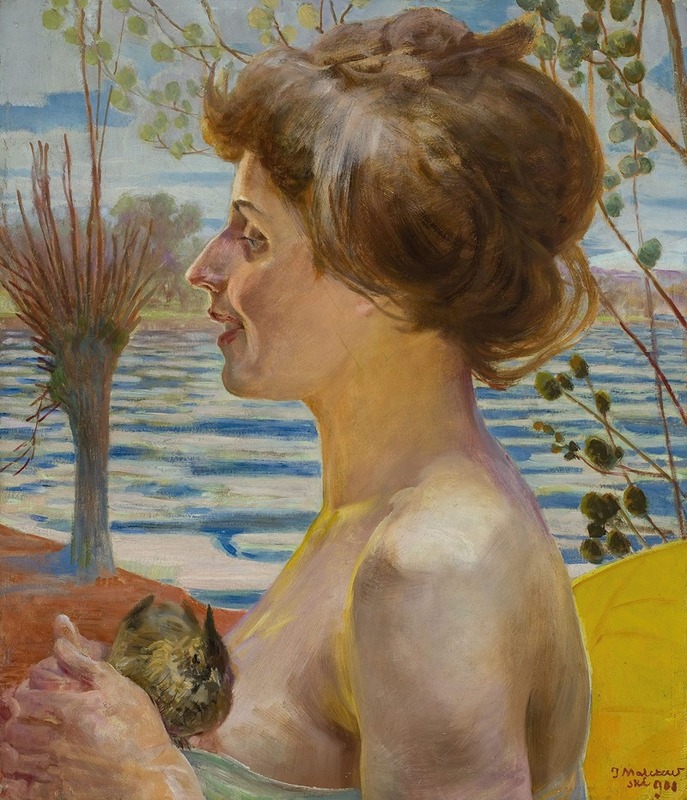
Springtime
A hand-painted replica of Jacek Malczewski’s masterpiece Springtime, meticulously crafted by professional artists to capture the true essence of the original. Each piece is created with museum-quality canvas and rare mineral pigments, carefully painted by experienced artists with delicate brushstrokes and rich, layered colors to perfectly recreate the texture of the original artwork. Unlike machine-printed reproductions, this hand-painted version brings the painting to life, infused with the artist’s emotions and skill in every stroke. Whether for personal collection or home decoration, it instantly elevates the artistic atmosphere of any space.
Jacek Malczewski's painting "Springtime" is a notable work by the renowned Polish artist, who is often associated with the Symbolist movement. Malczewski, born in 1854 in Radom, Poland, is celebrated for his unique ability to blend Polish folklore, mythology, and national themes with the broader currents of European Symbolism. His works often reflect a deep engagement with the cultural and political issues of his time, particularly the struggles and aspirations of the Polish people under partition.
"Springtime," created in 1900, is a quintessential example of Malczewski's artistic style and thematic preoccupations. The painting depicts a scene rich in allegorical content, a hallmark of Malczewski's work. In "Springtime," the artist employs a vivid palette and meticulous detail to convey a sense of renewal and rebirth, themes commonly associated with the season of spring. The painting features figures that are often interpreted as symbolic representations of youth and vitality, set against a lush, verdant landscape that underscores the theme of nature's resurgence.
Malczewski's use of symbolism in "Springtime" is characteristic of his broader oeuvre, where he frequently incorporated elements of Polish history and mythology. This approach not only reflects his personal artistic vision but also serves as a commentary on the socio-political context of Poland at the turn of the 20th century. During this period, Poland was partitioned and under the control of neighboring empires, and Malczewski's art often expressed a longing for national identity and cultural revival.
The figures in "Springtime" are rendered with a sense of idealism and romanticism, typical of Malczewski's style. The painting's composition and the interplay of light and shadow create a dynamic visual narrative that invites viewers to explore the deeper meanings embedded within the work. Malczewski's attention to detail and his ability to convey complex emotions through his subjects are evident in this piece, making it a significant contribution to Polish art and the Symbolist movement.
"Springtime" is housed in the National Museum in Warsaw, where it continues to be a subject of study and admiration. The painting is an important part of Malczewski's legacy, showcasing his skill as a painter and his commitment to exploring themes of identity, mythology, and the human condition. Through works like "Springtime," Jacek Malczewski has secured his place as one of Poland's most influential artists, whose impact extends beyond his homeland to the broader context of European art history.
In summary, "Springtime" by Jacek Malczewski is a masterful example of Symbolist art that captures the essence of renewal and national identity. Through its rich symbolism and intricate composition, the painting reflects Malczewski's deep connection to Polish culture and his artistic vision, making it a significant work in the canon of Polish art.





